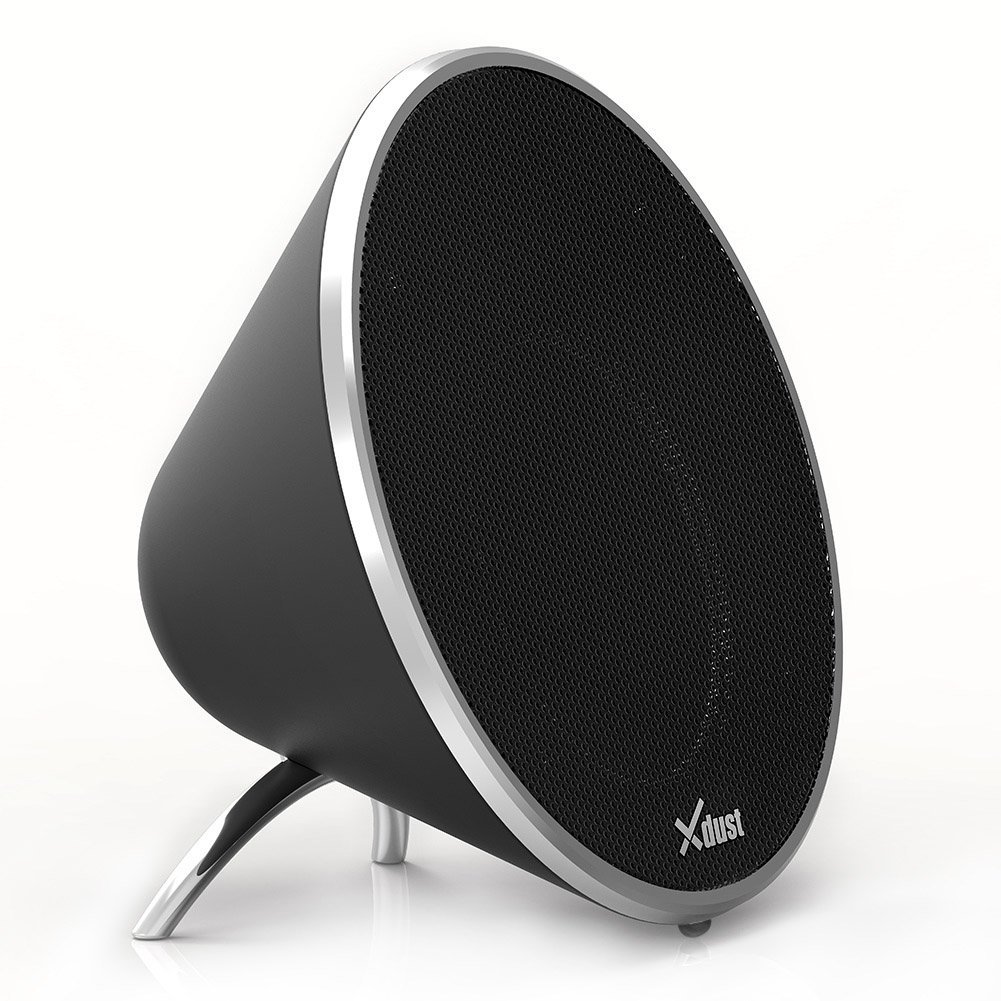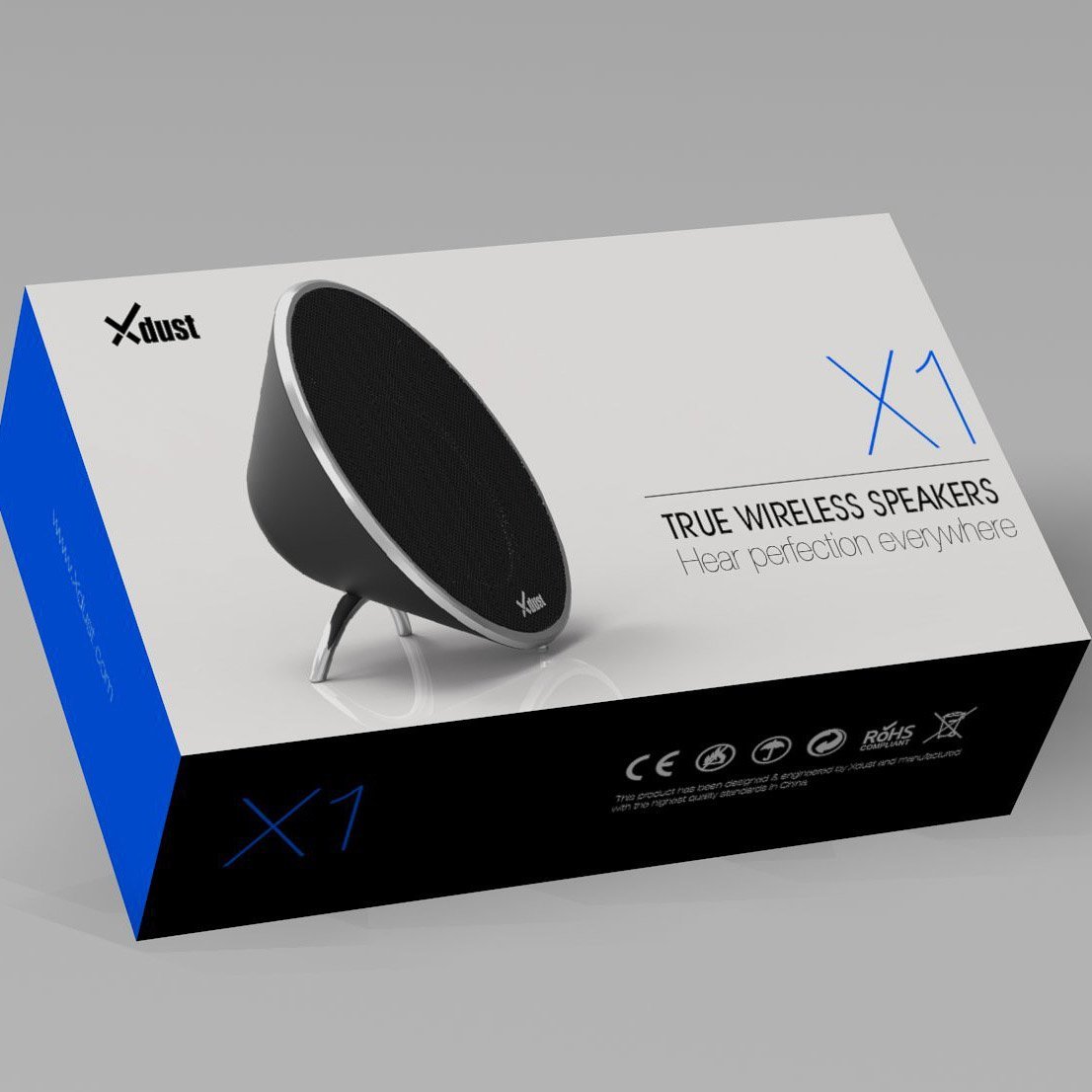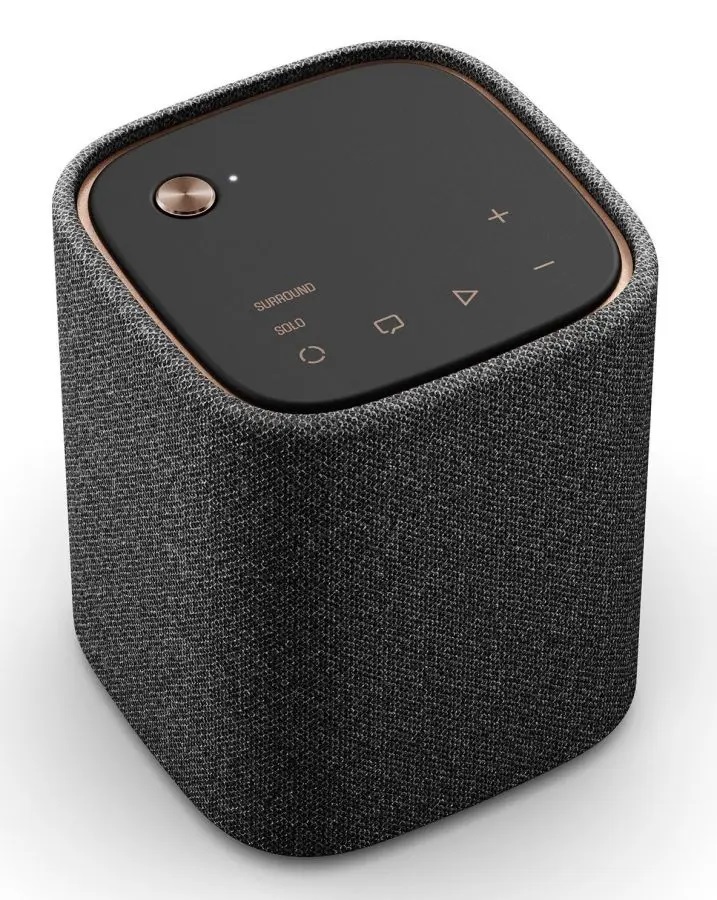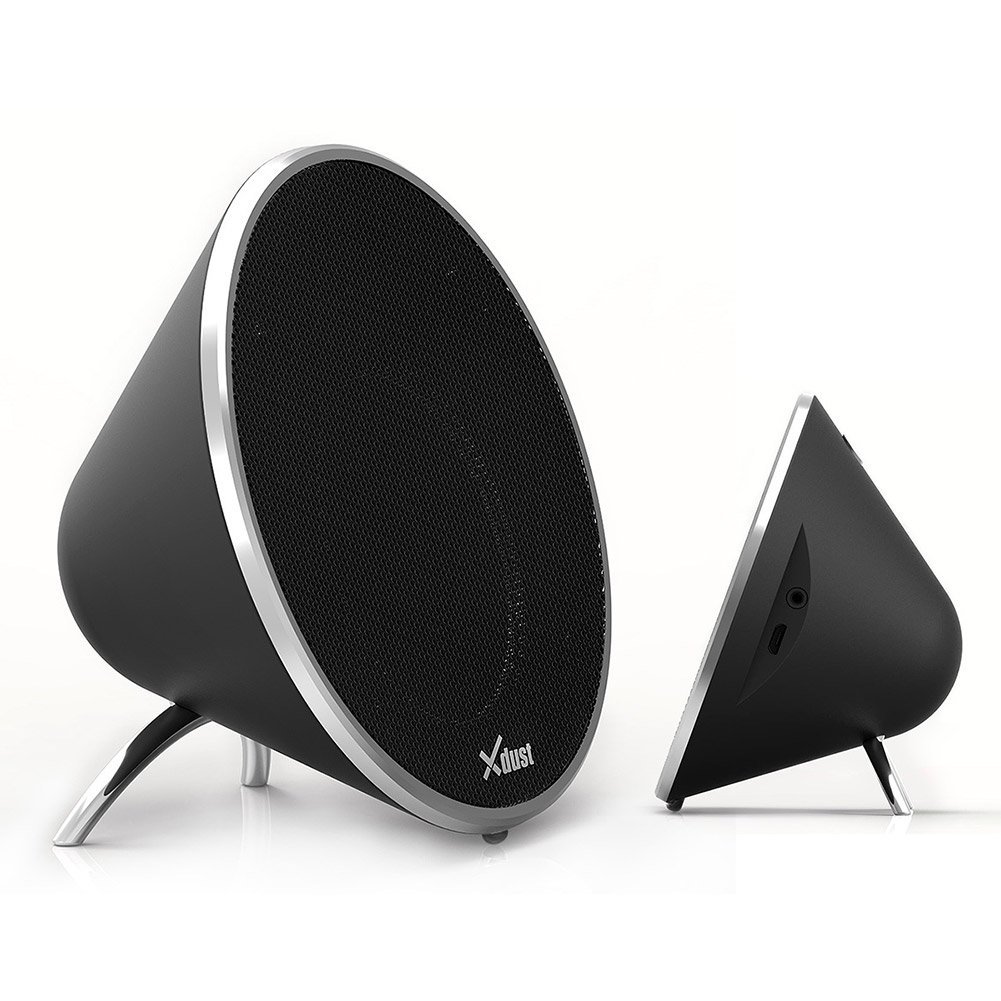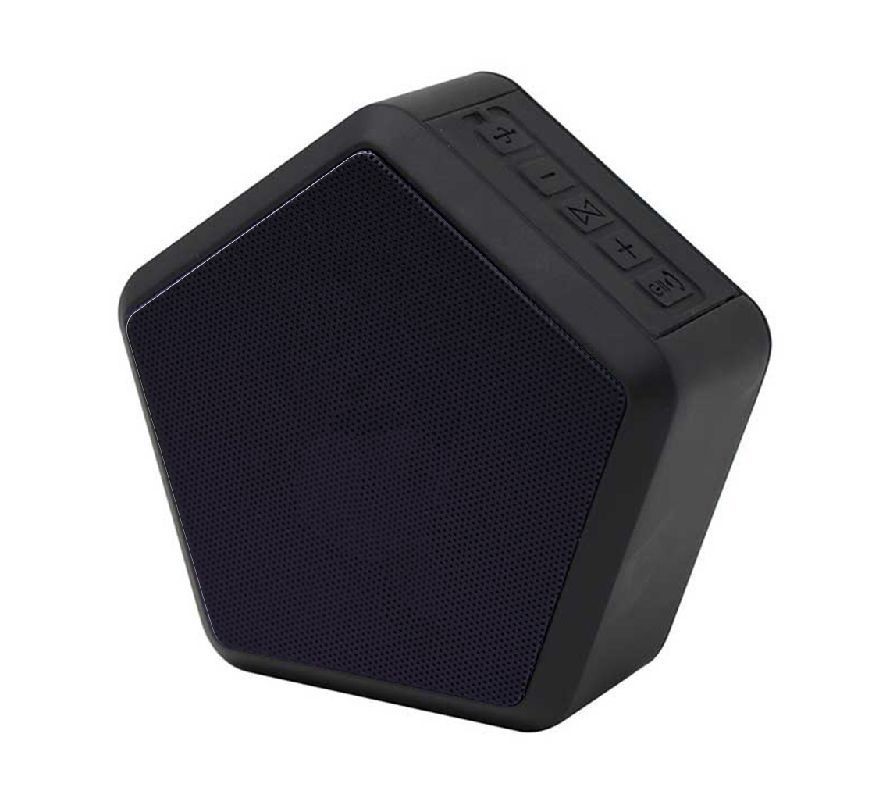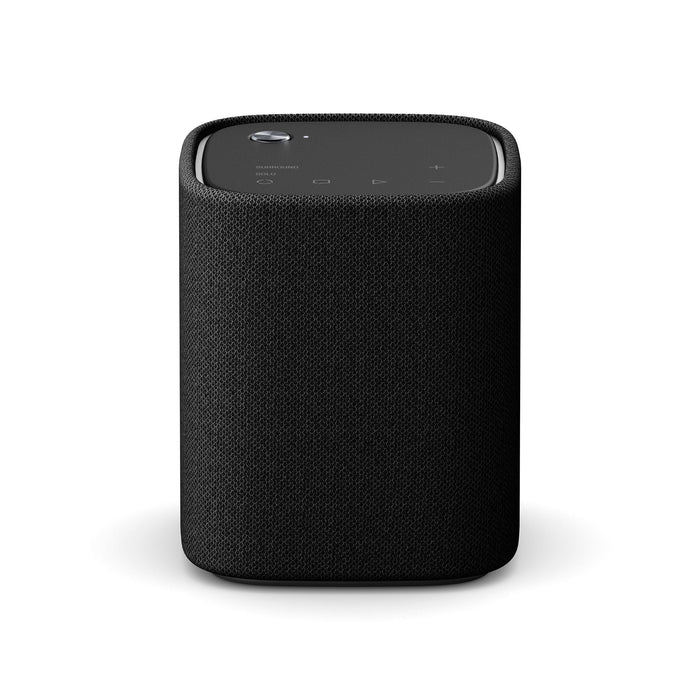True Wireless Surround Sound Speakers

The home audio landscape is undergoing a significant shift as manufacturers push the boundaries of wireless technology, introducing what they claim is a truly immersive surround sound experience without the clutter of traditional wired systems.
This innovation, spearheaded by companies like Sonos and Samsung, promises to deliver cinematic audio quality directly to consumers' living rooms through a network of interconnected, battery-powered or wirelessly-connected speakers.
A New Era of Wireless Audio
The core concept revolves around leveraging advancements in Wi-Fi and Bluetooth connectivity to create a seamless, multi-channel audio environment.
Instead of relying on physical wires to connect a central receiver to satellite speakers, these systems utilize a dedicated wireless network to transmit audio signals, allowing for greater flexibility in speaker placement and a cleaner aesthetic.
This development follows years of incremental improvements in wireless speaker technology, building on the popularity of Bluetooth speakers and Wi-Fi-enabled multi-room audio systems.
Key Features and Functionality
One of the primary advantages of these true wireless surround sound systems is their ease of setup and customization.
Many systems offer intuitive mobile apps that guide users through the speaker calibration process, optimizing the audio output based on the room's acoustics.
Furthermore, most systems support popular streaming services like Spotify, Apple Music, and Tidal, enabling users to easily access their favorite music and podcasts.
The systems also often integrate with voice assistants such as Amazon Alexa and Google Assistant, allowing for hands-free control of audio playback and other smart home functions.
"The goal is to provide consumers with a simple, yet powerful way to enjoy immersive audio without the hassle of wires,"says John Smith, a product manager at Sonos, in a recent press release.
Market Impact and Consumer Adoption
The introduction of true wireless surround sound systems is expected to have a significant impact on the home audio market.
According to a report by Market Insights LLC, the global wireless speaker market is projected to reach $45 billion by 2027, driven by increasing demand for convenient and high-quality audio solutions.
Early adopters have praised the systems for their ease of use, flexibility, and impressive sound quality.
However, some concerns have been raised about potential latency issues and the reliance on a stable Wi-Fi network for optimal performance.
The price point of these systems also remains a barrier for some consumers, with high-end configurations often costing several thousand dollars.
The Future of Home Audio
As wireless technology continues to evolve, true wireless surround sound systems are poised to become increasingly prevalent in homes around the world.
Manufacturers are actively working on addressing existing limitations, such as improving latency and reducing power consumption.
The integration of new audio technologies, such as Dolby Atmos and DTS:X, is also expected to further enhance the immersive experience provided by these systems.
The move towards wireless audio reflects a broader trend towards simplification and convenience in consumer electronics, as people seek to declutter their homes and streamline their digital lives.


